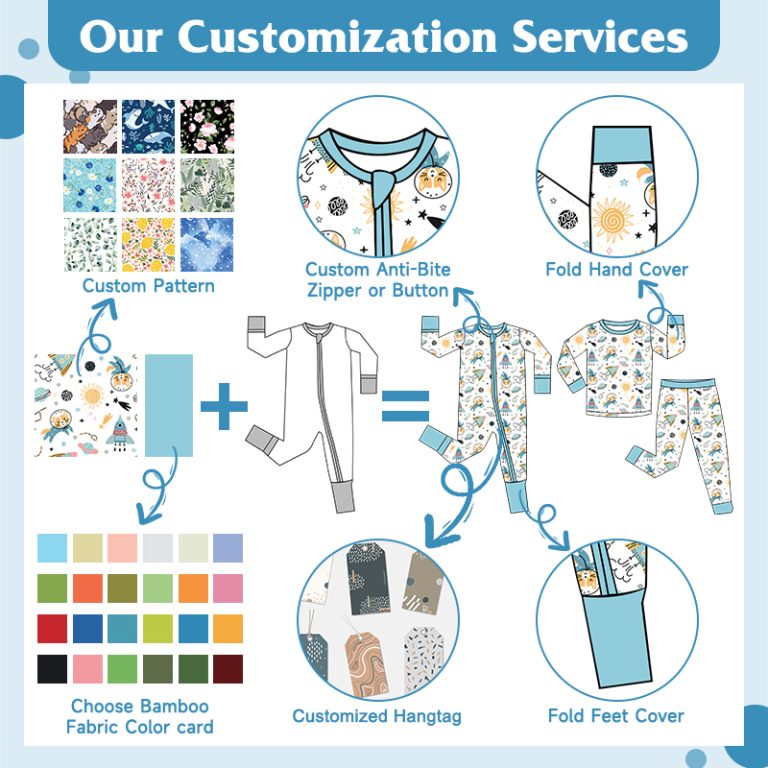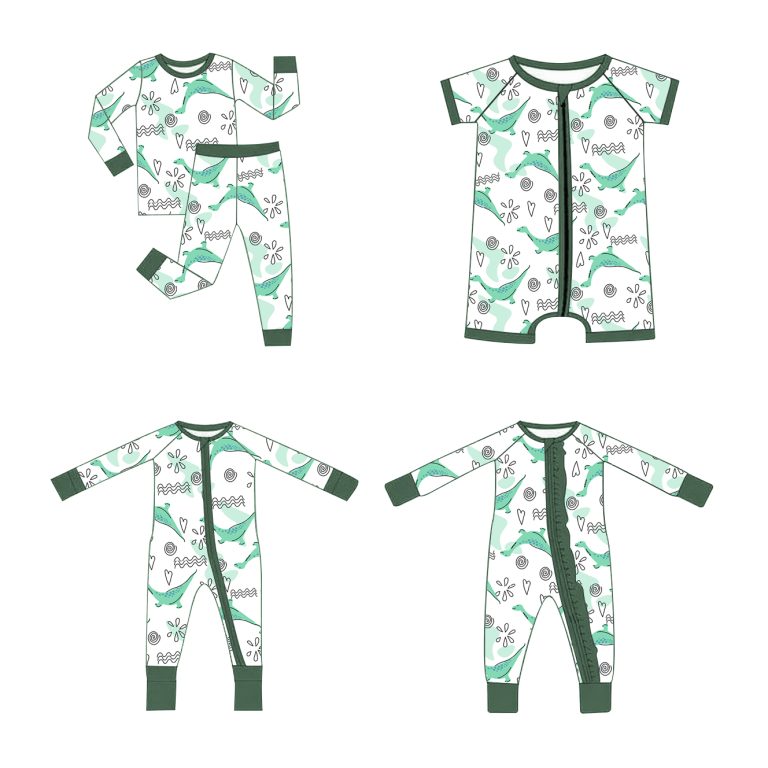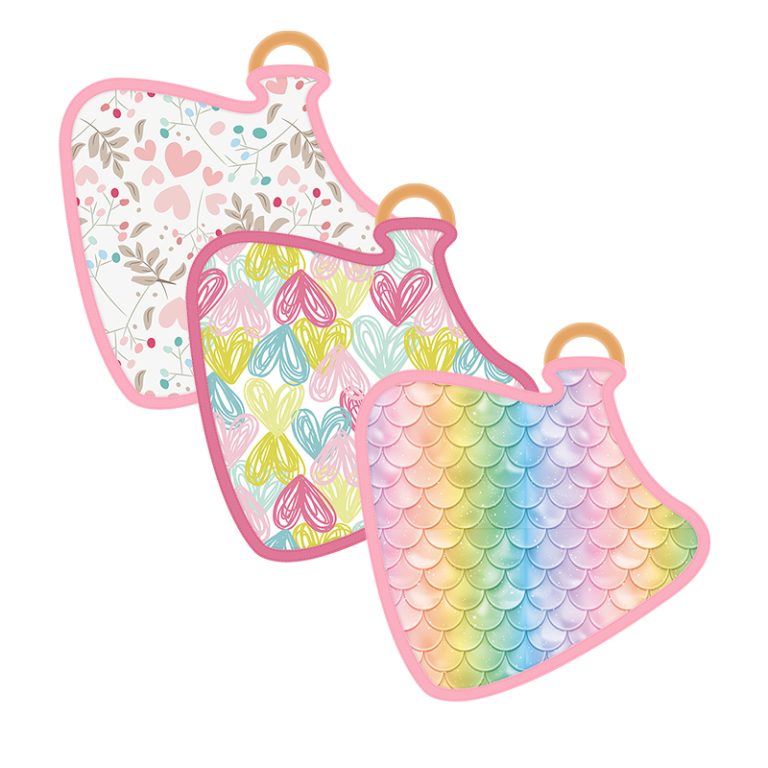wholesale Baby Romper infant Baby Romper REACH Testing Efficient Manufacturers
# Wholesale Baby Romper: Infant Baby Romper REACH Testing Efficient Manufacturers
The baby romper, a staple in any infant’s wardrobe, combines comfort, practicality, and style, making it an essential item for wholesale buyers. Selecting the right baby romper goes beyond aesthetics; it involves understanding the fibers used, ensuring compliance with certifications, choosing the right factory, and considering seasonal use. This guide explores these crucial aspects, highlighting the importance of REACH testing and efficient manufacturing.
Understanding Fiber: The Foundation of Baby Rompers
When it comes to baby rompers, the choice of fabric is paramount. Babies have sensitive skin, so the fiber used must be soft, breathable, and hypoallergenic. Common fibers used in baby rompers include:
– Cotton: Renowned for its softness, cotton is a popular choice for baby rompers. It’s gentle on the skin, breathable, and highly absorbent, making it ideal for keeping babies comfortable.
– Bamboo: An emerging favorite, bamboo is exceptionally soft and has natural moisture-wicking properties. It’s also eco-friendly, which appeals to environmentally conscious consumers.
– Organic Cotton: Offering all the benefits of regular cotton, organic cotton is grown without harmful pesticides and synthetic fertilizers, making it an excellent choice for eco-conscious and health-focused parents.
– Blended Fabrics: Often, manufacturers blend cotton with other fibers like spandex to enhance elasticity, ensuring the romper fits comfortably while allowing freedom of movement.
Selecting the right fiber not only enhances the baby’s comfort but also adds to the product’s appeal for retailers looking to combine quality with sustainability.
Certifications: Ensuring Safety and Compliance
In today’s market, certifications play a critical role in assuring consumers of the quality and safety of baby rompers. One of the key certifications relevant to the EU market is REACH (Registration, Evaluation, Authorisation, and Restriction of Chemicals). This regulation aims to protect human health and the environment from risks related to chemical substances.
Why is REACH important for baby rompers?
– Safety: REACH ensures that the clothing infants wear is free from harmful chemicals. Manufacturers must conduct thorough testing to comply with these standards.
– Market Access: Compliance with REACH is mandatory for selling baby rompers in the European Union. For efficiency, manufacturers often integrate REACH testing in their production processes, ensuring seamless market entry.
Other relevant certifications include the OEKO-TEX® Standard 100, which tests for harmful substances and guarantees that the textiles are safe for infants. Such certifications greatly enhance the credibility of manufacturers and reassure consumers.
Choosing the Right Factory: The Heart of Manufacturing
Manufacturing efficiency is a cornerstone of producing high-quality baby rompers at a competitive price. Selecting the right factory involves considering several factors:
– Experience and Expertise: Factories with a long-standing history in baby clothing production are likely to offer better quality and understanding of industry standards.
– Technological Capabilities: Efficient factories leverage advanced machinery and technology to enhance production speed and precision, reducing lead times and costs.
– Quality Control: A robust quality control system ensures that each romper meets safety and quality standards, maintaining consistency across batches.
– Social Responsibility: Factories adhering to ethical labor practices and environmental sustainability add value to the product, aligning with the increasing consumer demand for ethically produced goods.
Wholesale buyers should prioritize factories that demonstrate a commitment to quality, efficiency, and ethical practices, ensuring a steady supply of superior baby rompers.
Seasonal Use: Adapting to Climate Needs
Baby rompers are not one-size-fits-all when it comes to seasonal use. Manufacturers must adapt designs to cater to varying climatic needs, providing comfort and practicality all year round.
– Summer: Lightweight materials like cotton and bamboo are perfect for warmer months. Short-sleeved or sleeveless rompers with breathable fabrics ensure infants remain cool and comfortable.
– Winter: For cooler climates, rompers with long sleeves and added layers, such as those made from organic cotton blends or lined with soft fleece, provide warmth without compromising on comfort.

Cooler sleep
– Transitional Seasons: Spring and autumn require versatile rompers that cater to fluctuating temperatures. Layerable designs and adjustable features like snap closures can help adapt to these changes.
Understanding and addressing seasonal needs enables manufacturers to produce rompers that are not only functional but also fashionable, appealing to a broad range of consumers.

No pilling
Efficient Manufacturing: Meeting Demand with Quality
Efficiency in manufacturing is critical in meeting demand while maintaining high quality. Key elements include:
– Lean Manufacturing Practices: Implementing strategies that minimize waste, streamline operations, and optimize resources leads to cost-effective production.

Hollow fibers
– Supply Chain Management: Efficient supply chains ensure timely delivery of raw materials and finished products. Strategic partnerships with reliable suppliers and logistics providers are crucial.
– Innovation in Design: Incorporating innovative designs that enhance functionality and appeal can set manufacturers apart, attracting wholesale buyers looking for unique offerings.
– Scalability: Factories capable of scaling production based on demand fluctuations can better serve the wholesale market, ensuring consistent availability and timely delivery.
Efficient manufacturing practices not only reduce costs and enhance profitability but also ensure that high-quality baby rompers reach the market swiftly, satisfying both retailers and consumers alike.
In conclusion, the world of wholesale baby rompers encompasses a blend of quality materials, stringent certifications, strategic manufacturing, and adaptability to seasonal changes. By understanding and prioritizing these elements, manufacturers can produce baby rompers that meet market demands while ensuring safety, comfort, and style.





